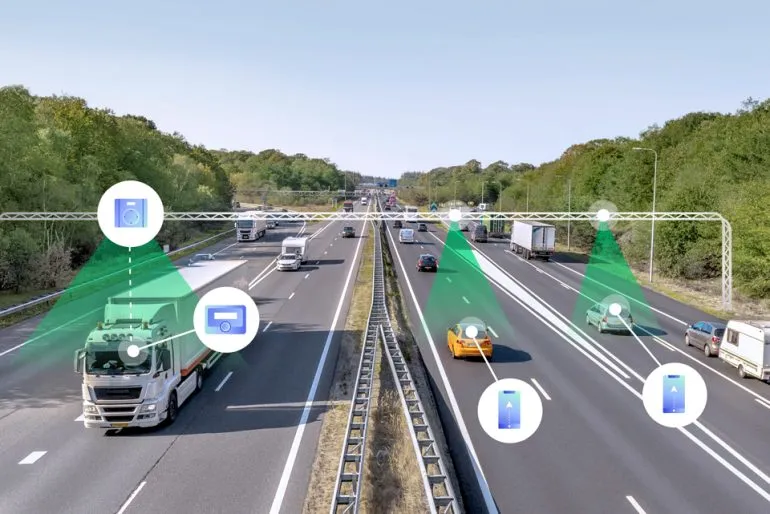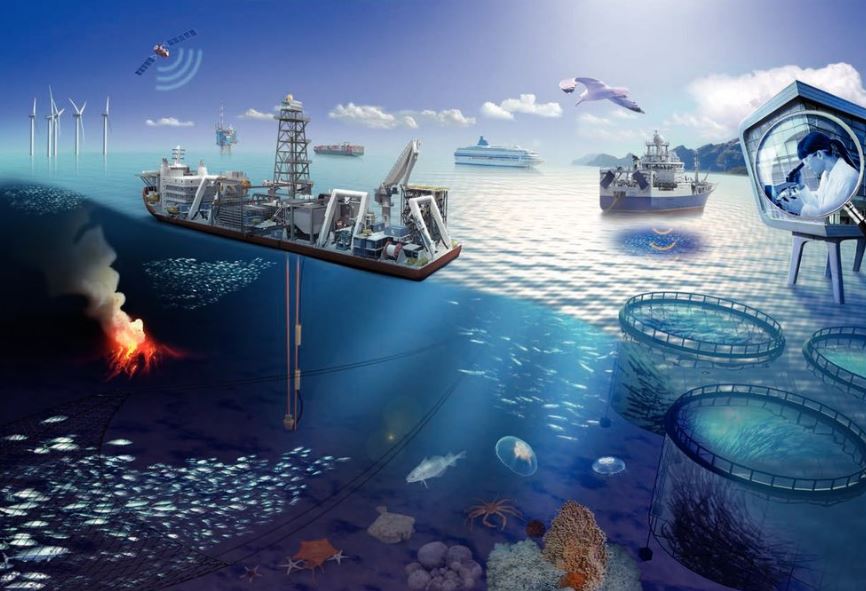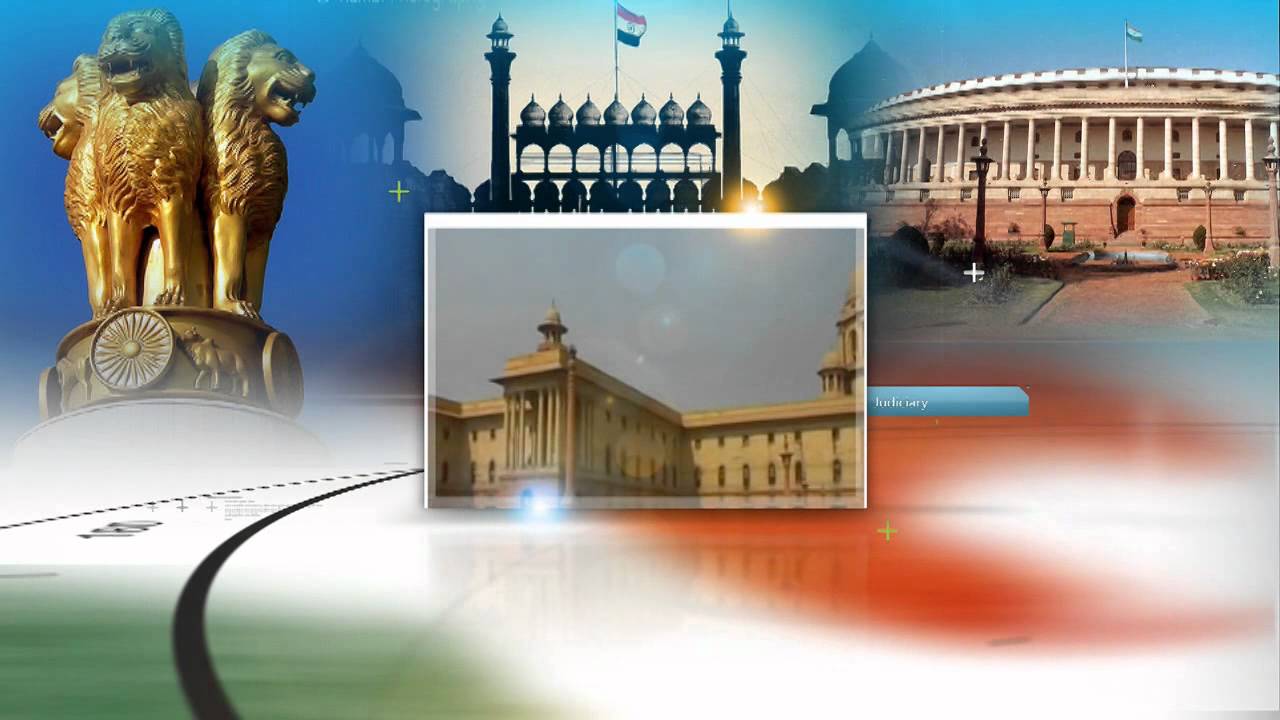Manipur and the President’s Rule
Context:
Following the resignation of N Biren Singh as Manipur’s Chief Minister, the party leadership is actively seeking a consensus candidate to avoid the imposition of President’s Rule in the state.
Understanding Article 356 of the Constitution
- Parliament Control: President’s Rule under Article 356 transfers the functions of the state government to the Centre while granting Parliament control over legislative functions for the duration of the proclamation.
- The only exception is the functioning of High Courts, which remains unaffected.
- Governor’s Report: The process is initiated when the Governor submits a report to the President, stating that governance in the state cannot be carried out per constitutional provisions.
- Upon receiving this report, the President issues a proclamation that remains in effect for up to two months unless both Houses of Parliament approve its extension.
- With parliamentary approval, the rule can extend for six months at a time, up to a maximum of three years.
A proclamation imposing President’s Rule is obtained through a simple majority in each House, which means a majority of the members present and voting. If the Lok Sabha is dissolved during this period, the proclamation remains valid for 30 days after the first session of the newly constituted Lok Sabha, provided the Rajya Sabha approves it in the meantime.
- Extensions: Further extensions beyond one year require either a national or state emergency or an Election Commission certification declaring difficulties in conducting state elections.
- Revocation: The President can revoke President’s Rule at any time without parliamentary approval.
History of President’s Rule in India
- Since the Constitution came into force in 1950, President’s Rule has been imposed 134 times across 29 states and Union Territories (UTs).
- Manipur and Uttar Pradesh have witnessed the most instances, with ten impositions each.
- However, the states that have spent the longest under central control are Jammu & Kashmir, Punjab, and Puducherry.
- Jammu & Kashmir has been under President’s Rule for over 12 years (4,668 days), primarily due to separatist movements and law-and-order concerns.
- Punjab follows with over 10 years (3,878 days) under central governance due to prolonged periods of militancy.
- Puducherry, which last saw President’s Rule in 2021 after the Congress government lost a vote of confidence, has spent over seven years (2,739 days) under central administration, largely due to political instability and defections.
Judicial Oversight and President’s Rule
- The Supreme Court scrutinised the imposition of President’s Rule and its impact on Centre-state relations in the landmark case S R Bommai v. Union of India (1994).
- The ruling established that the President’s decision to invoke Article 356 is subject to judicial review.
- Courts can assess whether the proclamation was based on illegal, extraneous, or mala fide considerations.
- A nine-judge Bench unanimously held that while the President’s subjective decision cannot be questioned, the material supplied to justify President’s Rule can be examined.
- The court further emphasised that even after a proclamation, only the state legislature would be suspended unless Parliament ratifies the decision within two months.
- If Parliament fails to approve the proclamation, the dismissed government must be reinstated.
- Justice B P Jeevan Reddy, part of the majority ruling, stated that although the Constitution grants significant power to the Centre over states, this does not imply that states are subordinate to the Union.
As Manipur faces political uncertainty, the majority party seeks to navigate the crisis without resorting to President’s Rule. The coming days will determine whether the party succeeds in appointing a consensus Chief Minister or if the state will be placed under central administration, triggering legal and political ramifications.


